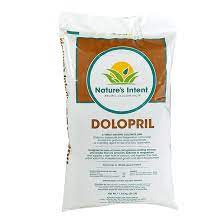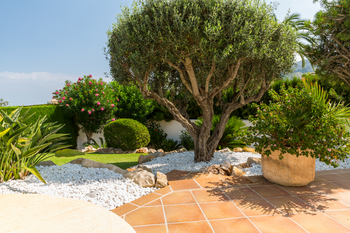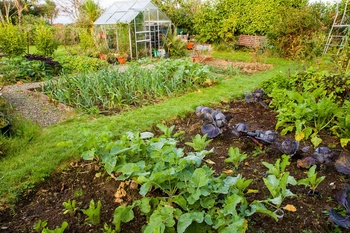
 Lawns Have A long History
Lawns Have A long History
In the 16th Century Renaissance, lawns were cultivated by the wealthy in both France and England, though they were more likely planted with chamomile or thyme than with grass.
Closely shorn grass lawns first emerged in 17th century England at the homes of large, wealthy landowners.
Lawns were established as an indispensable element of garden design during the 18th century.
The benefits of turf grass are numerous:
- Lawns clean the air and trap CO2. Like all living plants, grass takes up carbon dioxide and releases oxygen.
- Lawns trap stormwater runoff.
- Lawns improve the soil structure.
- Lawns reduce noise pollution.
- Lawns keep you cooler and may save you money.
- Curb appeal
Caring For Turf Grass In The Fall
We've all seen the advertising letting us know 'It's Time To Lime' but it's important to understand why this is necessary.
If you happen to live in an area where it rains a lot the calcification in your soil structure is slowly washed away causing the soil to become acidic. Poor lawn drainage can do the same thing.
When this occurs it weakens the grass and causes the turf to lose it's ability to uptake nutrients.
What's happening here is the pH of your lawn has swung to the acidic side.
Soil pH is a measure of its relative acidity or alkalinity. For most plants, including the turf grasses used in lawns, to thrive, the pH levels need to be in a range of about 6 to 7, which is just slightly acidic.
In a soil with a very acidic pH of 4.5, for example, it is estimated that about 70 percent of applied fertilizer is wasted because plants can't make use of it.
The problem is easily solved with an application of dolopril lime in the fall & spring.
The fall lime application should take place in October or November and should be followed up 3-4 weeks later with a fall fertilizer such as Nurseryland 6-9-18.
The last cut of the season
The ideal grass height is the same, no matter the season. There are lots of well meaning folks offering an opinion on the ideal grass height but there is only one right answer- 2.5"-3"
Grass stores carbohydrates in its roots and crown – the part of the grass plant right above the soil that the leaf blades grow from. Cutting too short shocks the grass, makes it harder for the plant to absorb the sun’s rays, and can easily damage the crown of the grass plant.
Taking all the right steps in the fall will result in a robust, beautiful lawn in the Spring!




